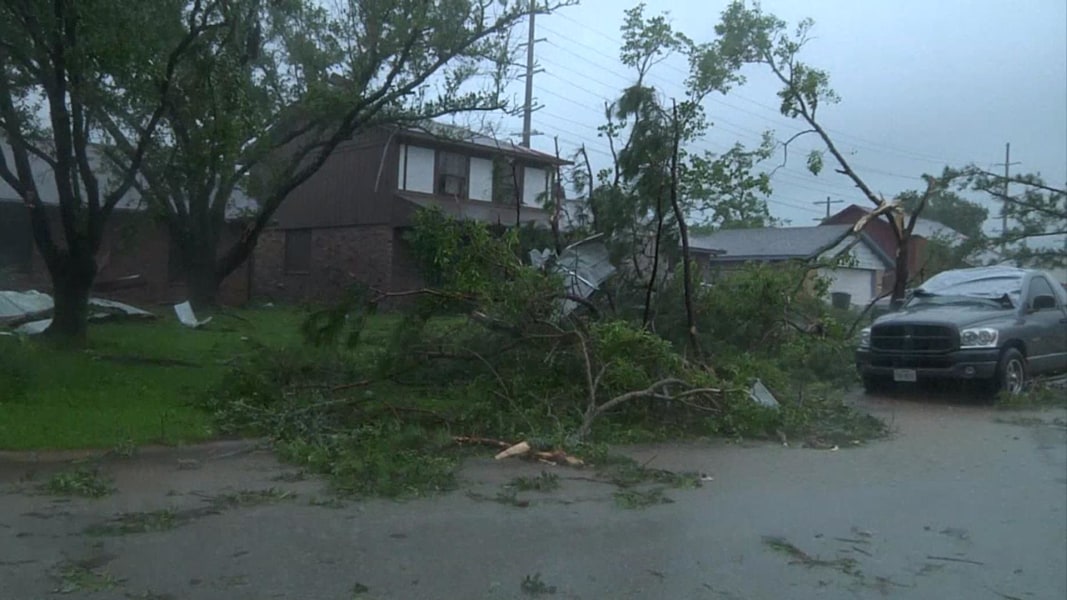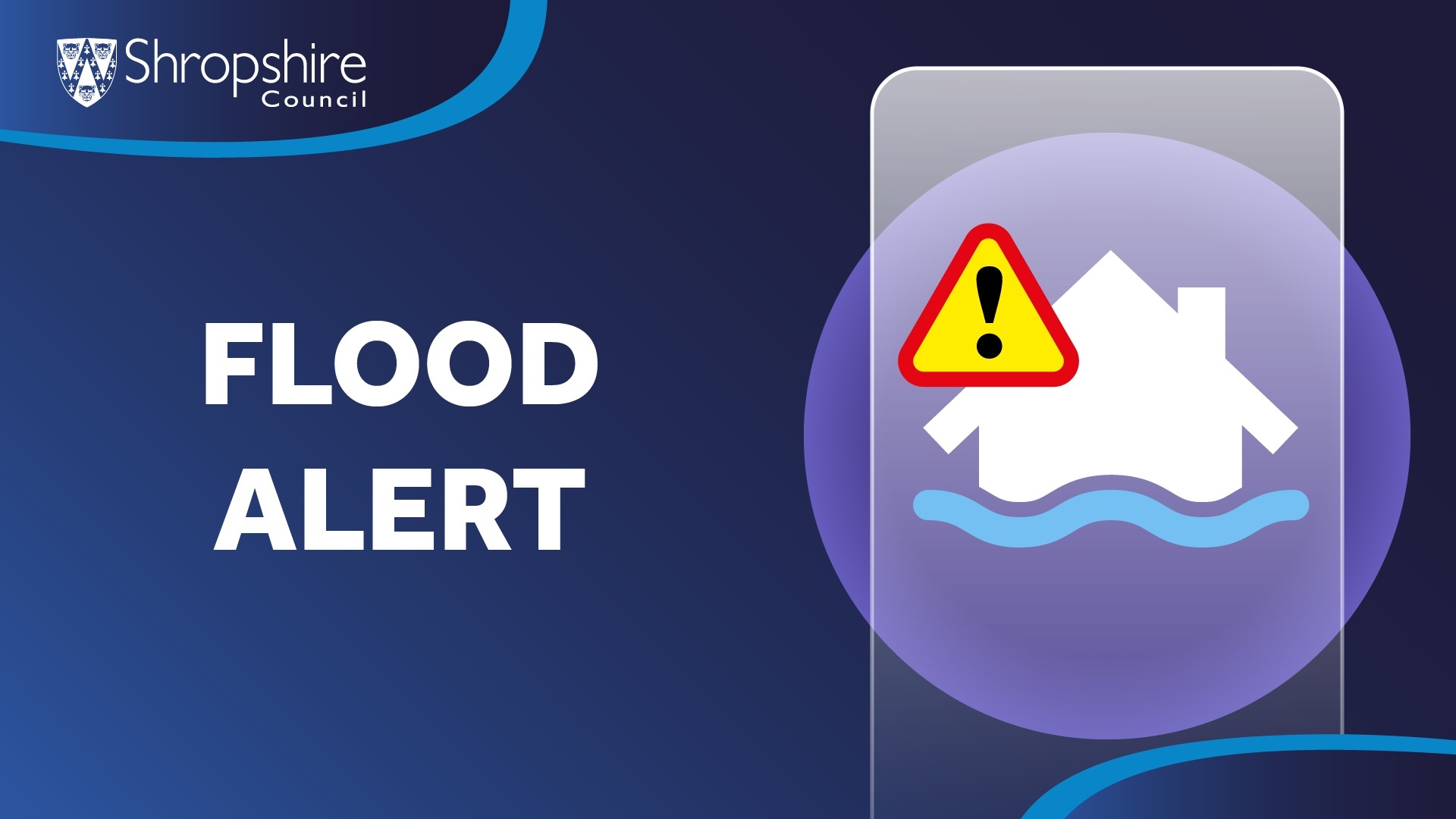Understanding Flood Alerts: Types, Timing & What To Do

Table of Contents
Types of Flood Alerts
Several alert systems work together to warn you about impending floods. These include the National Weather Service (NWS), your local emergency management agency, and various weather apps on your smartphone. Each system utilizes different alert levels, each signifying a different level of threat:
- Flood Watch: This means that conditions are favorable for flooding to occur. Be prepared! Monitor weather reports closely and have your emergency plan ready.
- Flood Warning: This is serious. Flooding is occurring or is imminent. Take immediate action to protect yourself and your property. Evacuation may be necessary.
- Flood Advisory: Minor flooding is occurring or is possible. While the threat is less severe than a warning, you should still monitor the situation and be prepared to take action if conditions worsen.
These alerts are disseminated through multiple channels:
- Radio and Television: Traditional broadcast media remain important sources of information during emergencies.
- Social Media: Official emergency management agencies often post updates and warnings on social media platforms.
- Mobile Apps: Numerous weather apps offer real-time alerts and forecasts, often with location-specific information.
Understanding the phrasing is also critical. A "Flash Flood Warning" indicates a sudden, rapid flood, often with little warning, requiring immediate action. A "Flood Warning," on the other hand, might relate to a slower-rising flood, giving more time for preparation.
Timing of Flood Alerts
The lead time for flood alerts varies significantly depending on the type of flood and several other factors.
- Flash Floods: These are characterized by their rapid onset and often provide little to no warning. You may receive a warning only minutes before the flood hits.
- Riverine Floods: These floods develop more slowly as rivers and streams overflow their banks. These generally offer longer lead times, sometimes days or even weeks.
Several factors influence the timing of alerts:
- Weather Patterns: Intense rainfall, rapid snowmelt, and dam releases all contribute to the timing of flood alerts.
- Geographical Location: Areas with steep slopes or poor drainage are more prone to flash floods and may receive less warning time.
- River Levels: Monitoring river levels helps predict when and where riverine flooding might occur.
It is crucial to regularly monitor weather forecasts and official alerts from trusted sources, like the National Weather Service, to be prepared for potential flooding in your area.
What to Do When a Flood Alert is Issued
Your response to a flood alert will depend on the alert level:
- Flood Watch:
- Gather essential documents and valuables.
- Prepare an emergency kit with food, water, medications, and other necessities.
- Charge electronic devices and review your evacuation plan.
- Flood Warning:
- Evacuate if instructed by authorities.
- Move valuables to higher ground.
- Protect your property by moving furniture and appliances upstairs or to higher ground.
- Flood Advisory:
- Monitor the situation closely.
- Keep emergency supplies readily available.
- Be prepared to act quickly if the situation worsens.
Creating a comprehensive family emergency plan is paramount. This plan should include designated meeting points, emergency contacts, and evacuation routes. Assembling a flood preparedness kit containing essential supplies will ensure you're ready for any eventuality. Remember, always heed evacuation orders promptly. [Link to resources on safe evacuation techniques]. Post-flood safety is also critical; avoid floodwaters, which may be contaminated, and report any damage to your local authorities.
Understanding Flood Risk in Your Area
Knowing your individual flood risk is essential for proactive preparedness. Check FEMA flood maps ([link to FEMA flood maps]) to determine your property's risk level. Local government websites and emergency management agencies also provide valuable information about flood risks in your specific area. Consider purchasing flood insurance, even if you don't live in a high-risk area, as flood damage can be devastating.
Conclusion
Understanding different types of flood alerts, their timing, and how to respond appropriately can significantly improve your safety and reduce potential damage. Heeding flood alerts and taking proactive steps to prepare is not just about protecting property; it's about saving lives. Stay informed about flood alerts in your area by monitoring weather forecasts, signing up for official alerts, and regularly checking your local government's emergency information websites. Develop a family emergency plan, assemble a flood preparedness kit, and be prepared to act quickly when a flood alert is issued. Your preparedness could be the difference between surviving a flood and experiencing a catastrophic loss. Remember, understanding and acting on flood alerts saves lives.

Featured Posts
-
 George L Russell Jr Maryland Legal Giant And Progressive Icon Passes Away
May 25, 2025
George L Russell Jr Maryland Legal Giant And Progressive Icon Passes Away
May 25, 2025 -
 Exploring The Sound Of Russell And The Typhoons A Musical Journey
May 25, 2025
Exploring The Sound Of Russell And The Typhoons A Musical Journey
May 25, 2025 -
 Flash Flood Warning Texas North Central Texas Braces For Severe Storms
May 25, 2025
Flash Flood Warning Texas North Central Texas Braces For Severe Storms
May 25, 2025 -
 Improved Flood Alert Systems Benefits And Future Developments
May 25, 2025
Improved Flood Alert Systems Benefits And Future Developments
May 25, 2025 -
 Escape To The Country Redefining Rural Living
May 25, 2025
Escape To The Country Redefining Rural Living
May 25, 2025
Latest Posts
-
 Zheng Qinwens Semifinal Berth At The Italian Open
May 25, 2025
Zheng Qinwens Semifinal Berth At The Italian Open
May 25, 2025 -
 Italian Open Zheng Qinwen Reaches Semifinals
May 25, 2025
Italian Open Zheng Qinwen Reaches Semifinals
May 25, 2025 -
 Zheng Qinwens Italian Open Semifinal Run A Breakthrough Performance
May 25, 2025
Zheng Qinwens Italian Open Semifinal Run A Breakthrough Performance
May 25, 2025 -
 Italian Open Semifinals Gauff Eliminates Zheng In Three Set Battle
May 25, 2025
Italian Open Semifinals Gauff Eliminates Zheng In Three Set Battle
May 25, 2025 -
 Zheng Eliminated By Gauff In Italian Open Semifinal
May 25, 2025
Zheng Eliminated By Gauff In Italian Open Semifinal
May 25, 2025
